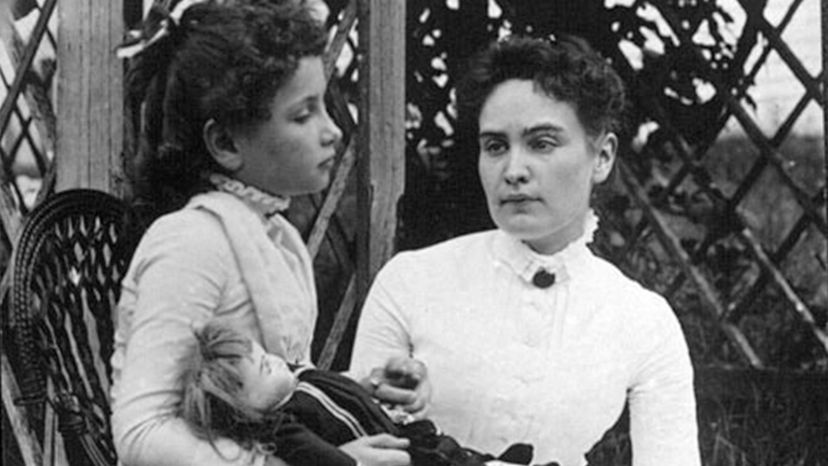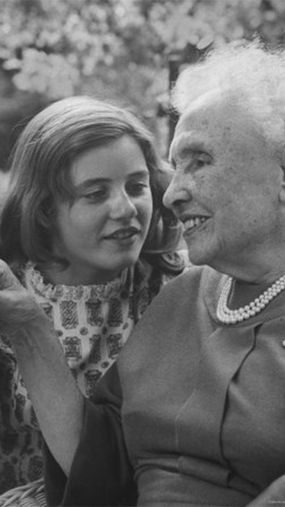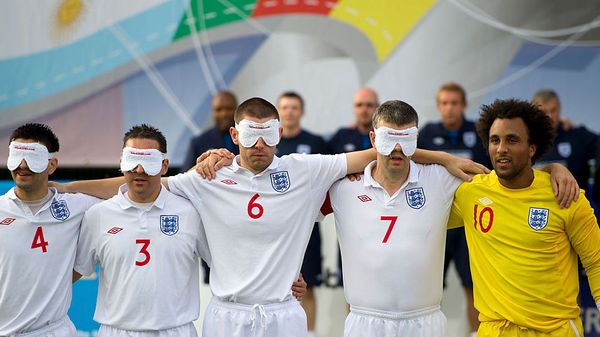The Perkins School for the Blind is one of a handful of schools throughout the United States that offers a program for deafblind students. Perkins' deafblind program teaches students from ages 3-22, incorporating a philosophy of total communication — basically, whatever is necessary to facilitate learning.
The deafblind, it should be noted, are not necessarily totally deaf or totally blind. As the National Center on Deaf-Blindness explains, a child is considered deafblind when a combination of hearing loss and loss of sight causes "such severe communication and other developmental and educational needs that they cannot be accommodated in special education programs solely for children with deafness or children with blindness."
Educators who specialize in teaching the deafblind now might include sign language or visual aids for those students with some vision. Several different types of hearing aids, not available in Keller's time, can facilitate learning for students with some hearing. Fingerspelling on hands (often called tactile fingerspelling), tactile sign language, and Braille are still often used. (Tadoma is not utilized nearly as much today, Majors says, partially because it is such an invasive way of communication.)
"The toolbox has changed quite dramatically," Majors says. "The population of children who are deafblind is dramatically different. Our job is to always change what we know to meet the communication needs of our children.
"Because our children are very, very individualized, our children come with different levels of vision and hearing loss, and most of it is directly related to what happened to them at birth. If you are, sadly, an adult that has speech and hearing, and then you become incapacitated ... you learn very differently. You already know what things look like and you already know what things sound like. That's a very different model."
Not every deafblind child learns the same, which makes the individualized attention — highlighted by the student-teacher relationship — so important. Not every student can be as successful at learning as Helen Keller, either.
Still, as Keller showed and as educators around the world continue to prove, every willing student, with the help of a good educator, can learn.
"Every single person who's deafblind can learn," Majors says. "It's our responsibility to figure out how to help them learn. And we must start with relationships and communication."



